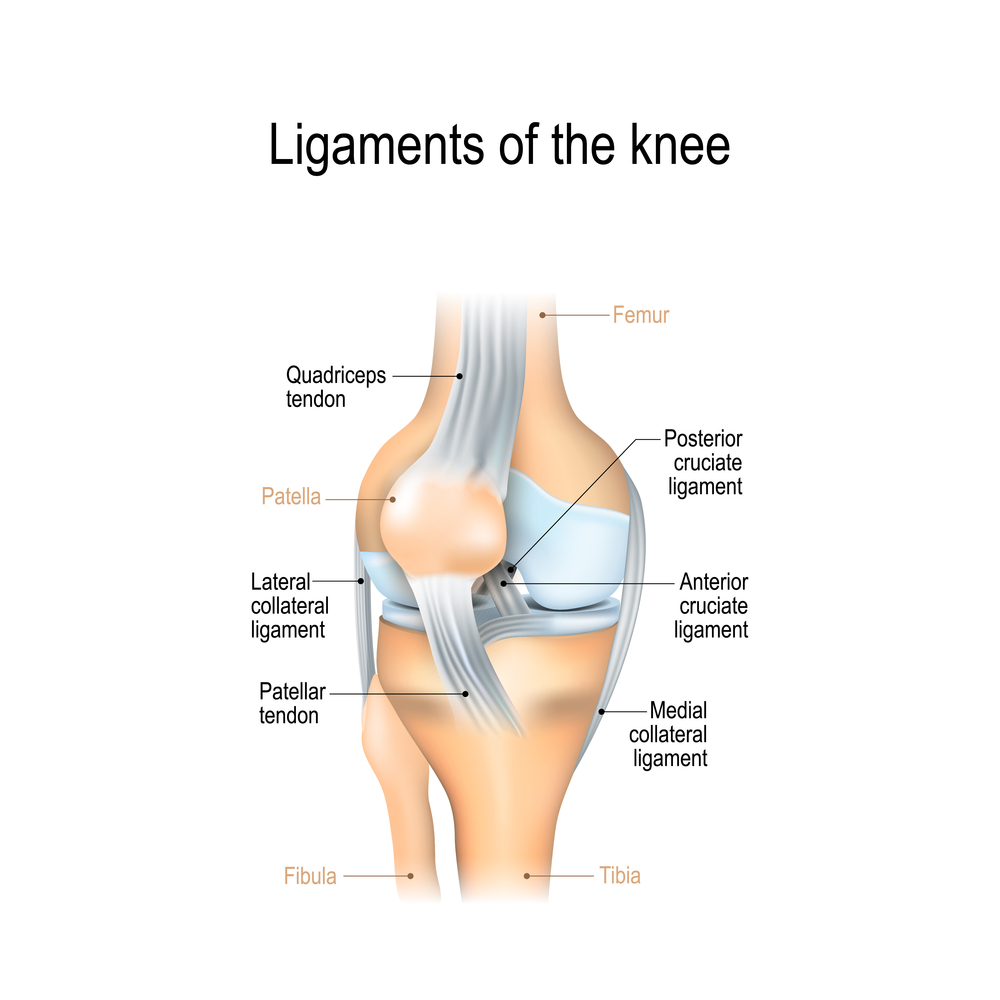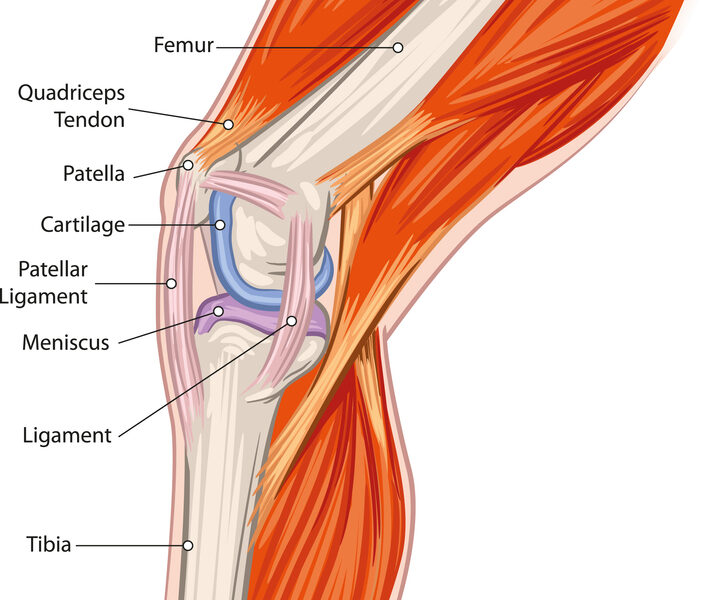Understanding the Ligaments of the Knee: Structure and Function
Introduction
The knee is a complex and vital joint that supports much of our daily activities, from walking to running to jumping. Central to the knee’s stability and function are its ligaments. These strong, fibrous tissues connect bones to each other, providing support and guiding the knee through its range of motion. This article delves into the anatomy and function of the knee ligaments, highlighting their crucial roles and common injuries associated with them.
Anterior Cruciate Ligament (ACL)
The Anterior Cruciate Ligament (ACL) is one of the most well-known ligaments in the knee, often associated with sports injuries. The ACL runs diagonally in the middle of the knee, connecting the femur (thighbone) to the tibia (shinbone).
Function
The ACL is crucial for stabilizing the knee during rotational movements. It prevents the tibia from sliding too far forward relative to the femur and controls the knee’s rotational stability.
Common Injuries
ACL injuries are prevalent in athletes, especially in sports that involve sudden stops, jumps, or changes in direction, such as soccer, basketball, and skiing. An ACL tear often requires surgical repair followed by extensive rehabilitation.
Posterior Cruciate Ligament (PCL)
The Posterior Cruciate Ligament (PCL) is stronger and less commonly injured than the ACL. It is located at the back of the knee and also connects the femur to the tibia.
Function
The PCL prevents the tibia from sliding backward under the femur. It plays a significant role in maintaining the knee’s stability, particularly during movements that involve bending the knee.
Common Injuries
PCL injuries typically occur due to a direct blow to the front of the knee, such as in car accidents or during contact sports. These injuries are less common but can be just as debilitating as ACL injuries.
Medial Collateral Ligament (MCL)
The Medial Collateral Ligament (MCL) is located on the inner side of the knee. It connects the femur to the tibia and runs parallel to the joint.
Function
The MCL resists forces that push the knee inward (valgus forces) and provides stability to the inner knee. It is particularly important in activities that involve lateral movements.
Common Injuries
MCL injuries often result from a direct blow to the outer side of the knee, causing it to bend inward. Such injuries are common in contact sports like football and hockey. Treatment usually involves rest, bracing, and physical therapy.
Lateral Collateral Ligament (LCL)
The Lateral Collateral Ligament (LCL) is located on the outer side of the knee, connecting the femur to the fibula, a smaller bone located parallel to the tibia.
Function
The LCL resists forces that push the knee outward (varus forces) and provides stability to the outer knee. It is essential for maintaining lateral knee stability.
Common Injuries
LCL injuries are less common than those to the MCL. They typically occur due to a direct blow to the inner side of the knee, pushing it outward. These injuries are often seen in sports like soccer and skiing. Treatment can range from conservative management with bracing and physical therapy to surgical intervention in severe cases.
The Crucial Role of Knee Ligaments
Knee ligaments are vital for the joint’s overall function and stability. They work together to control the knee’s movement and provide structural support. Injuries to any of these ligaments can significantly impact mobility and quality of life, necessitating a thorough understanding for proper diagnosis and treatment.
Rehabilitation and Recovery
Rehabilitation is critical following a knee ligament injury, whether surgical or non-surgical. A comprehensive rehabilitation program focuses on restoring strength, flexibility, and function to the knee. It typically includes:
Physical Therapy
Physical therapy is essential for recovering knee strength and stability. It involves exercises to strengthen the muscles around the knee, improve flexibility, and restore range of motion.
Bracing and Support
Bracing can provide additional support during the healing process, especially for injuries to the MCL and LCL. Functional braces are often used during physical activities to prevent re-injury.
Gradual Return to Activity
A gradual return to activity is crucial to prevent re-injury. Athletes, in particular, must be cautious and follow a structured program to regain their previous level of performance safely.
The ligaments of the knee play a pivotal role in maintaining the stability and function of one of the body’s most important joints. Understanding their anatomy and function helps in diagnosing and treating injuries effectively. Whether you are an athlete, a healthcare professional, or simply someone interested in knee anatomy, this knowledge is invaluable for appreciating the complexity and resilience of the knee joint.
For more detailed information on knee ligament injuries and treatments, you can refer to resources such as the American Academy of Orthopaedic Surgeons here.
This comprehensive overview highlights the importance of knee ligaments in joint stability and movement. Understanding these structures is crucial for diagnosing and treating knee injuries effectively.

